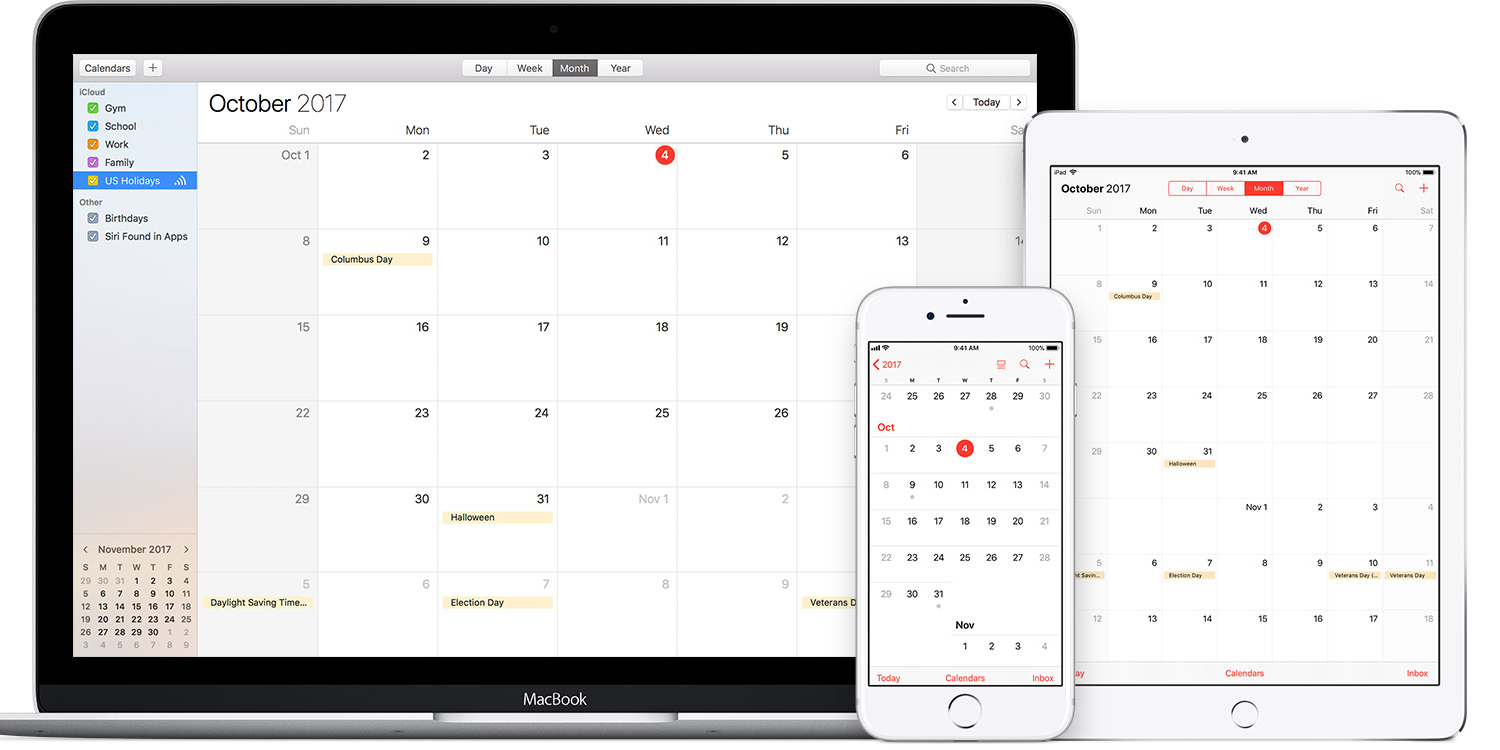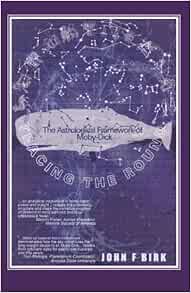- Menu Bar On A Mac
- Best Menu Bar Apps Macbook
- Best Free Menu Bar Apps Mac
- Mac Menu Bar Manager
- Best Menu Bar Apps Mac 2020
Apple anchors its legendary menu bar at the top in macOS. Well, it's not because Apple wants macOS to appear the opposite of Windows. The menu bar continues to play a vital role in macOS, especially when you want to install apps that don't consume quite a lot of system resources. So whether you want to run task management apps or just want to check the system status, the menu bar can be really help to give you a quick snapshot.
You don't have to install every other app under the sun for simpler to intermediate tasks. Thanks to the macOS developer community, there are plenty of macOS menu bar apps for achieving simple tasks. That said, some apps truly make the best of the menu bar without putting a load on the system. That's why we're compiling the list of best menu bar app for your Mac that you must try out and use.
Note:That said, some apps truly make the best of the menu bar without putting a load on the system. That's why we're compiling the list of best menu bar app for your Mac that you must try out and use. Product Hunt is a curation of the best new products, every day. Discover the latest mobile apps, websites, and technology products that everyone's talking about. Mac Menu Bar Apps Tiny little apps that do magical things and live in your OS X menu bar. Collect 'em all! Follow +10,480 followers.
With the SetApp subscription costing $9.99 per month, you get over 190 macOS apps for free and the store is also adding support for iOS apps.Also on Guiding Tech

How to Customize the Lock Screen on macOS 10.14 Mojave
Read More1. iStat Menus
Monitor your system status while working can get a bit tedious. You might want to know the status of the granular components like CPU, GPU, network, sensors, and others. So iStat Menu provides details of such components as system information in a more comprehensive way. Also, the app doesn't consume many resources to collect the information, and you can view all for that by clicking the app icon on the menu bar.
The iStat Menus can also help you identify if any app is suspiciously consuming more resources than it is supposed to. In my case, I found that the RPM (rotations per minute) of the fan on my MacBook Air had suddenly dropped with a whirring sound. After a quick SMC Reset, it got back to normal and helped prevent any potential lasting damage. From temperature to the volume levels, it shows information quite neatly on the menu bar. It's an absolute must-have for everyone who cares about his/her Mac. The iStat Menus comes with a 14-day trial. If you like the app, then you can buy it for $14.15 from the developer's website. Or you can get it for free with a SetApp subscription.
Get iStat Menus2. One Switch
One Switch is like the reincarnated version of the Control Center on iOS. True to its name, One Switch offers several toggles to switch on or off several services and settings that are otherwise nested deeply. It could be as simple as cleaning up your desktop view or disconnecting the Bluetooth earphones/speaker.
You can use it for some nifty tasks like showing or hiding hidden files or activating a screensaver. I loved the Do Not Disturb mode, which can be handy while working on tasks with full focus. One Switch app comes with a 7-day free trial, and then you'll have to pay $4.99 to buy it from the site. Alternatively, you get it for free if you have a SetApp subscription.
 Get One Switch
Get One Switch3. BitBar
You can run snippets of code for things like weather information to currently playing track. With BitBar, you can put and produce any string of information on the macOS menu bar. The real champions behind this app are contributors who've written several ready-to-use plugins for BitBar. All you have to do is install the app, get the plugin, and drop it in a folder.
From your network speed to shuffling songs on Spotify, you can achieve most things using different plugins from the plugin directory. With BitBar, you can beef up the menu bar of your Mac with a variety of plugins. The best part is that the app is available for free, and so are the plugins. If you don't mind tinkering a bit with the code, you can further customize the plugins as per your requirements.
At the time of writing, the official site was under maintenance. Run the BitBar app to create a folder called Plugins. Copy the code of the plugin you like from the Plugin directory, save the file with plugin's name (ends with .sh) and then run the BitBar app.
Get BitBar4. Magnet

Task View on Windows 10 and Split View on iPadOS will make you desire a similar feature on the macOS. Thankfully, Magnet app exists to let you snap and stack app windows in different directions on your screen. Click on the app on the menu bar and pick a direction from the drop-down menu. Alternatively, you can memorize the shortcuts to snap and sort the windows quickly.
Magnet is extremely helpful for work and entertainment. While working, you can snap and sort the windows for referring to reports and documents quickly. Likewise, you can enjoy YouTube or Netflix on one side while catching up on emails or chatting with friends. Magnet works best if you tend to hook your MacBook Pro or MacBook Air to a suitable monitor. You can buy Magnet for $2.99 from the Mac App Store.
Get Magnet5. Bartender
Bartender 3 is an efficient tool to manage all the app icons that will appear after installing the apps on this list. You can smartly de-clutter that menubar space and arrange them the app icons into an expandable yet invisible stack that autohides. You can also manually reorder the icons as per your usage and choice.
If you tend to have multiple apps running, then you can even use the keyboard shortcut to cycle between those app icons. Alternatively, you can also search for the app using the search box. Hiding certain apps protects your privacy from other folks and also cleans up the menu bar.
You can enjoy the 3-week trial of Bartender 3 if you download it from the official site or pay $15 as a one-time license fee. Alternatively, you can get it for free with SetApp's monthly subscription.
Get Bartender 3Also on Guiding Tech
How to Fix Mac Folder With Question Mark
Read MoreClean Up The Bar
A neatly organized menu bar using the Bartender app looks way more appealing to me than letting all the icons appear there. You can also make the menu bar your new spot from trying out small apps that probably don't need a complete installation through the Applications folder. Take the menu bar as an opportunity to try out tiny programs to free up your system resources and conserve them for the crucial tasks later. Which are your favorite menu bar apps? I bet there are many other menu bar apps that you'd want to share with others in the comments.
Next up:Want to capture the whole document or a web page in a single image? Click on the next link to try out some
Menu Bar On A Mac
The above article may contain affiliate links which help support Guiding Tech. However, it does not affect our editorial integrity. The content remains unbiased and authentic.Read NextTop 4 Amazing Tools to Capture Scrolling Screenshots on macOSAlso See#customization #mac appsBest Menu Bar Apps Macbook
Did You Know
The Apple Watch Series 1 uses optical sensors to detect irregular heart rhythms.
More in Mac
Top 5 Fixes for iMessages Not Syncing on Your Mac
Menu Bar Extras
Best Free Menu Bar Apps Mac
A menu bar extra exposes app-specific functionality via an icon that appears in the menu bar when your app is running, even when it’s not the frontmost app. Menu bar extras are on the opposite side of the menu bar from your app's menus. The system hides menu bar extras to make room for app menus. Similarly, if there are too many menu bar extras, the system may hide some to avoid crowding app menus.
Use a template image to represent your menu bar extra. A template image discards color information and uses a mask to produce the appearance you see onscreen. Template images automatically adapt to the user’s appearance settings, so they look good on both dark and light menu bars, and when your menu bar extra is selected.
Display a menu—not a popover—when the user clicks your menu bar extra. Unless the app functionality you want to expose is too complex for a menu, you should avoid presenting it in a popover. See Popovers.
Mac Menu Bar Manager
Let people decide whether to enable your menu bar extra. Users, not apps, should choose when a menu bar extra is added to the menu bar. Typically, this is done by changing a setting in an app’s preferences window. To ensure discoverability, however, consider giving people the option of enabling the menu bar extra during setup.
Don’t rely on the presence of menu bar extras. The system hides and shows menu bar extras regularly, and you can’t be sure which other menu bar extras users have chosen to display, or where your menu bar extra will be placed in the menu bar.
Best Menu Bar Apps Mac 2020
Consider exposing app-specific functionality in other ways too. For example, you can provide a Dock menu that appears when the user Control-clicks your app’s Dock icon. The user can hide or choose not to use your menu bar extra, but a Dock menu is aways available when your app is running. See Dock Menus.